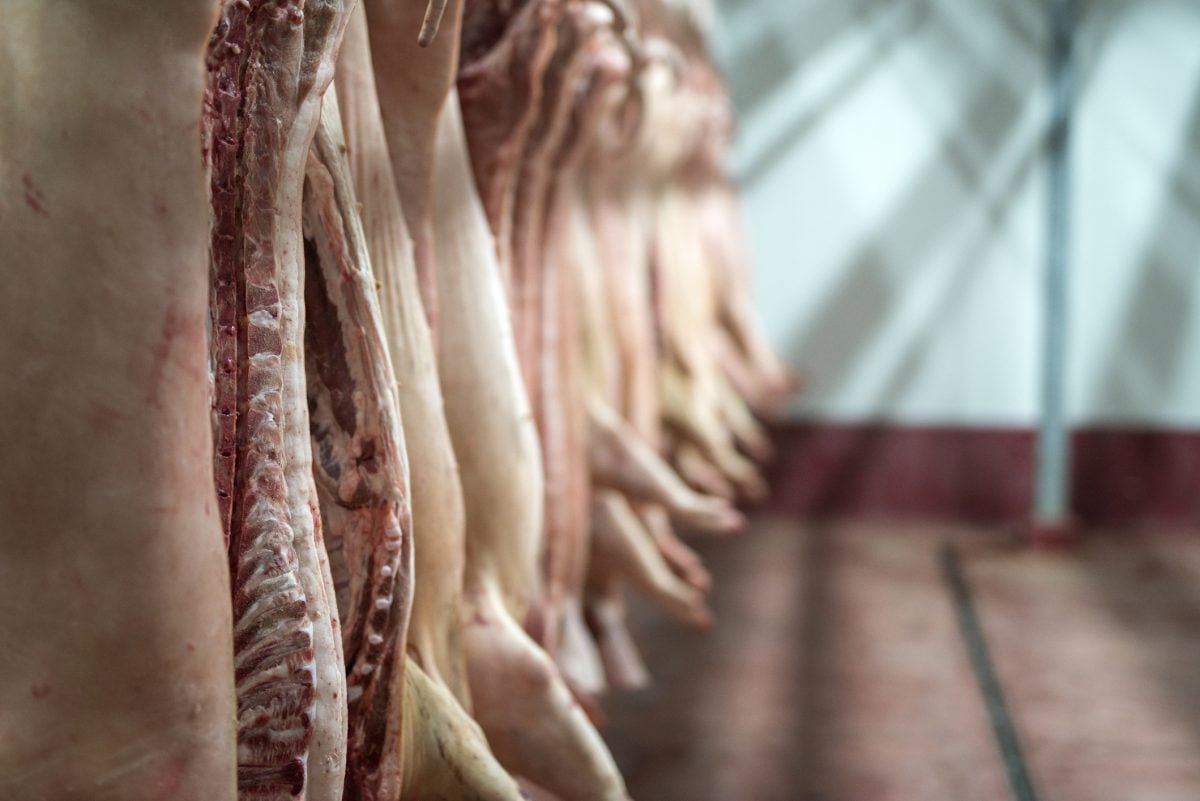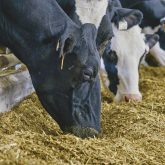Reuters — The Trump administration in the U.S. said Thursday said it will lift Endangered Species Act protections for the gray wolf, arguing the species had been brought back successfully from the brink of extinction.
The move gives states in the continuous United States the authority to manage their local wolf populations, including by allowing them to be hunted. It will mainly affect wolf populations in the upper Midwest, Colorado and Pacific Northwest because wolves in the northern Rocky Mountains were previously delisted. Wolves have never been federally protected in Alaska.
Read Also

U.S. livestock: Cattle slip back, hogs gain
Chicago cattle futures slipped back on Friday after Thursday’s pause. Hog futures crept upward. Most-active December live cattle futures closed…
Department of Interior Secretary David Bernhardt, who traveled to Minnesota to announce the delisting at a wildlife refuge, said the gray wolf had exceeded all conservation goals and no longer met the legal definitions of a threatened or endangered species.
There are about 6,000 gray wolves in the lower 48 states, up from about 1,000 when they were added to the endangered species list in the 1970s after being hunted, trapped and poisoned to near extinction.
The International Wolf Center in Minneapolis estimates Canada’s population of gray wolves at about 60,000, second only to Russia’s. Worldwide, the gray wolf is considered by the International Union for Conservation of Nature to be a “species of least concern.”
The Canadian wolf population is considered stable-to-increasing and it remains a game species in most of Canada, according to the IWC.
Delisting the gray wolf in the U.S. is a win for sportsmen and ranchers in that country who argue larger numbers of wolves have diminished herds of big-game animals such as elk, and also prey on livestock.
“Impacted communities will be able to determine how best to preserve gray wolf populations while protecting other native species and livestock,” Utah Senator Mike Lee said in a statement.
Conservation groups said the species has yet to recover in much of their former range, including northern California and the Northeast, and said the timing of the move appeared to be an effort to win votes for President Donald Trump in Midwestern states like Wisconsin, Michigan and Minnesota days before the Nov. 3 election.
“Wolves will be shot and killed because Donald Trump is desperate to gin up his voters in the Midwest,” Brett Hartl, chief political strategist at the Center for Biological Diversity Action Fund, said in a statement.
— Nichola Groom is a Reuters correspondent covering U.S. environmental and energy policy from Los Angeles. Includes files from Glacier FarmMedia Network staff.
















